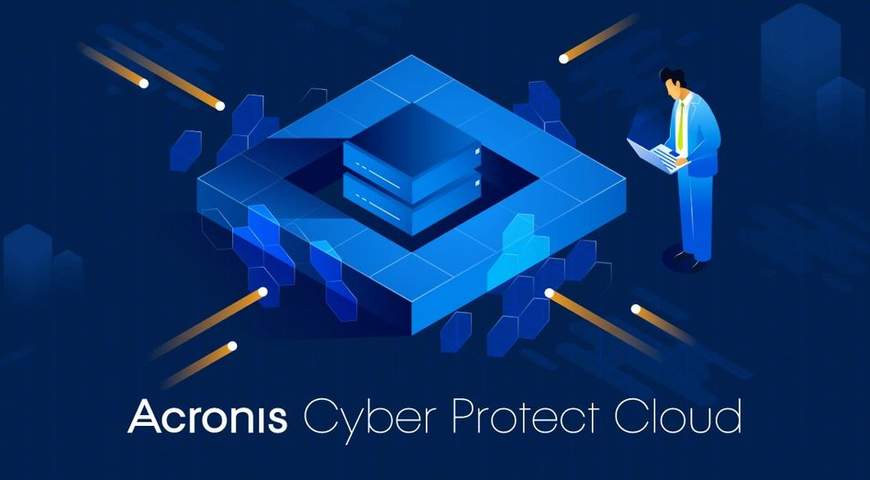October 07, 2011 — 3 min read
Backup is Dead – Introducing the Data Protection Lifecycle, Part 1
We’re very excited to introduce the Data Protection Lifecycle to you. As we’ve deployed our IaaS and Recovery In The Cloud solutions for our customers, we’ve learned a lot about how corporate IT sees the relationship amongst backup, disaster recovery, and archiving. As we thought about it, we realized that we had built a platform that enabled all three of them, and had done so in a way where they were all essentially the same thing, or phases in one continuous process. We call that process the Data Protection Lifecycle (DPL).
In this and the next few blog posts, we’ll lay out our “manifesto” about what the DPL is, how enterprise IT can take advantage of it, and the benefits of its use.
Introduction
Despite decades of research and development into backup and data protection, enterprise customers are generally unsatisfied with the status quo when it comes to data protection and recovery processes. Backup is one of the most common operations in the data center, and one increasingly being viewed as a primary target for replacement.
Rather than simply moving from one backup vendor to another, enterprise customers are seeking a new paradigm for data protection and recovery, one that provides a more holistic view of all their applications and systems, is verifiably effective, cost effective and resilient by design to various calamities which might strike the enterprise.
According to research done by Gartner:
By 2013, at least 20% of organizations will have changed their primary backup vendor due to frustration over cost, complexity and/or capability, up from the typical single-digit percentage shifts today. By 2013, more than 50% of midsize organizations and more than 75% of large enterprises will implement tiered recovery architectures. – “Best Practices for Addressing the Broken State of Backup”, 27 August 2010.
Coupled with the awareness of these issues is an appreciation for just how vital data is to the enterprise. In the information economy, an organization’s intellectual property is its data, the loss of which would have a catastrophic effect on the organization.
Data protection comprises two key objectives: protection and recovery, and service restoration. Consolidation, cost containment, employee mobility and exponential data growth are all creating the perfect storm for IT administrators.
The Broken State of Enterprise Backup
The largest single contributor to dissatisfaction with enterprise backup is the massive increase in the data to be protected. Estimated by industry analysts at around 45% growth per annum, data is growing so rapidly that many IT leaders are facing an unsustainable situation. Richer digital media (pictures, video, and sound), increased collaboration and connectivity, increasing use of “big data” by marketers, versioning, replication and the monolithic nature of application design contribute to the rising tide of enterprise data growth.
Too much data means fewer and poorer backups, which creates risk to the organization – the risk of downtime, lost productivity, lost data, and financial loss. Expectations from business leaders for service levels on recovery times and the volume of single occurrence data loss have increased to the point where near zero system downtime is a commonly accepted goal.
The very idea of the “backup window” has been obsoleted by the 24×7 nature of business. An outdated paradigm for backup and recovery where systems are offline once a week for a full backup, offline daily for incremental backups, and where data is copied to long term storage medium, has become nearly impossible to accomplish successfully. While this approach has worked in the past, the ever growing data volume, number of systems and demands on SLA’s for recovery has rendered this approach incompatible with current business goals.
Turning from protection and recovery to service restoration, restoration of systems due to service outages also focuses attention on the efficacy of the backup processes. The restoration is only as fast and reliable as the initial protection, and traditional backup is unable to meet the service goals of near-instant restoration and zero data loss.
While data loss and system outage are unacceptable, so too are the escalating costs of managing all this data. While a company’s IT systems can be an effective differentiator and a strategic investment, data protection and recovery is not viewed as such. This has led to a growing realization among IT leaders that scarce resources (primarily people) would be better off focused on strategic IT initiatives that differentiate the organization from its competitors, rather than being consumed with mundane tasks such as backup and recovery.
The evolving nature of applications continues to introduce complexity into the IT function with many software vendors advocating or devising their own proprietary methods for recovery. While any one of these may have merit in its own right, a lack of a comprehensive approach leaves the IT team with a training and personnel issue which ultimately adds to cost and complexity. What’s called for is a standard way of backing up and recovering all services.
In the next post, we’ll look at how new technologies are enabling the DPL, and what the broad requirements are for it.








